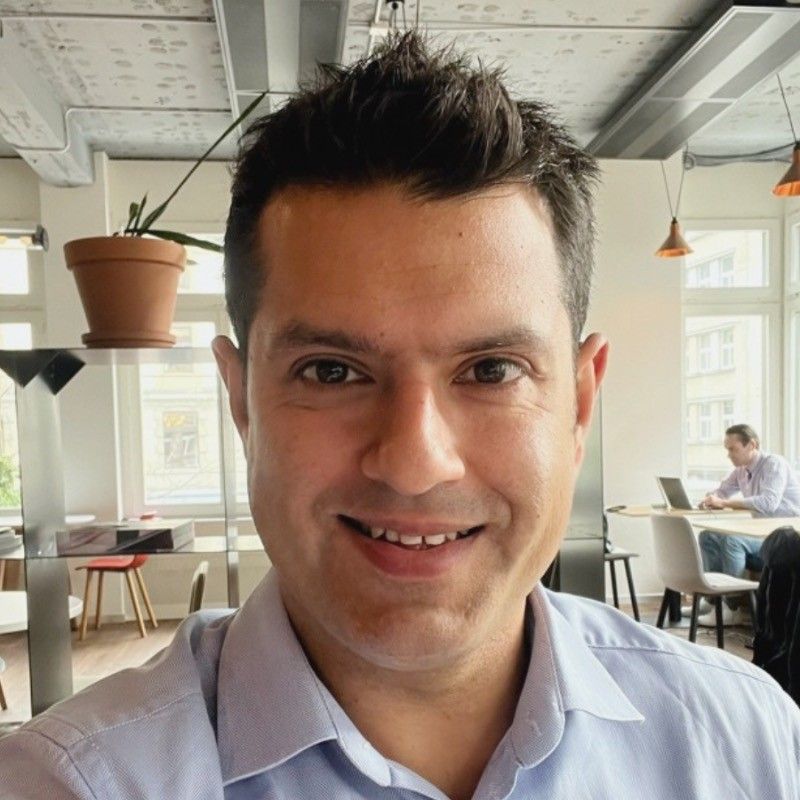ChatGPT Has 700 Million Users. Most Use It to Polish Emails

Remember when we thought AI would revolutionize everything? Well, the revolution is here, and it looks suspiciously like spell check with a college degree.
A groundbreaking NBER study analyzing 1.5 million ChatGPT conversations just revealed how 700 million weekly users actually spend their time with the world’s most advanced AI.
The results are both hilarious and deeply concerning.
28% use it for writing tasks, but two-thirds of those aren’t creating anything new. They’re polishing existing text. Another 28% treat it like a discount mentor for advice. Only 4% use it for computer programming.
Is The Beige Future Here?
Here’s what keeps me up at night: We’re not democratizing intelligence then we’re standardizing mediocrity.
Think about it. When everyone’s emails flow with the same algorithmic smoothness, when every cover letter hits identical beats, when every LinkedIn post reads like it emerged from the same content factory, what happens to human voice? To originality? To the beautiful messiness that makes communication human?
The study shows that approximately 70% of ChatGPT usage is now non-work related, up from 53% just a year ago. People aren’t just outsourcing their professional writing. They’re outsourcing their personal expression too.
We’re witnessing the McDonaldization of human thought. Everything reads the same. Sounds the same. Thinks the same. Safe, predictable, utterly forgettable.
But Wait! There’s a Twist
Usage patterns show something fascinating: early ChatGPT adopters from 2023 are now sending 40% more messages per day than they did two years ago. People aren’t getting bored. They’re going deeper.
The question is: deeper into what? Dependency or discovery?
This is exactly why we built PlotSet. While millions use AI to make their words prettier, we’re using technology to make data beautiful and accessible.
We just crossed 6,000 users: people who understand that democratizing information isn’t about making everyone sound the same. It’s about giving everyone tools to tell their unique stories with data.
Think about it: In a world drowning in AI-generated text that all sounds identical, visual storytelling becomes even more powerful. Numbers don’t lie. Charts don’t pretend. Data visualizations cut through the noise in ways that words, especially AI words, simply can’t.
The Real Revolution
We’ve just launched PlotSet Plus for $15 a month, giving subscribers access to one of the most powerful video chart engines available. Check it out here: PlotSet.com
Why video? Because movement captures attention in ways static content never will. While ChatGPT helps everyone write the same forgettable report about quarterly numbers, PlotSet helps you make those numbers dance, tell stories, and actually move people to action.
The irony is delicious. Economists estimate ChatGPT creates at least $97 billion in annual consumer surplus; value that traditional GDP measurements completely miss. But what kind of value? The value of sounding professional in emails? The value of never having to struggle with expressing an original thought?
The Fork in the Road
With ChatGPT now processing 2.5 billion messages daily, about 30,000 per second, we’re at a crossroads.
Path one: We become smooth-talking zombies, all speaking in the same optimized, SEO-friendly monotone. We trade authenticity for efficiency, voice for velocity. We let AI do our thinking because thinking is hard.
Path two: We use these tools as they should be used: as amplifiers, not replacements. We use AI to handle the mundane so we can focus on the meaningful. We use it to process information so we can find the real story.
At PlotSet, we’re firmly on path two. Every one of our 6,000 users represents someone who refuses to let data remain boring, who believes information should inspire action, not induce sleep. They’re using technology to enhance human creativity, not replace it.
The tools aren’t the problem. We are. And we can choose differently.
The future is watching. What story will your data tell?
